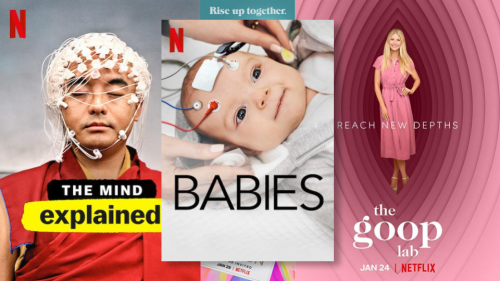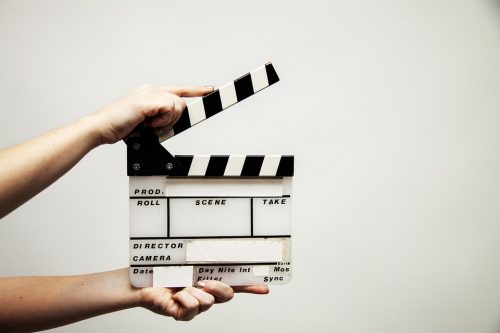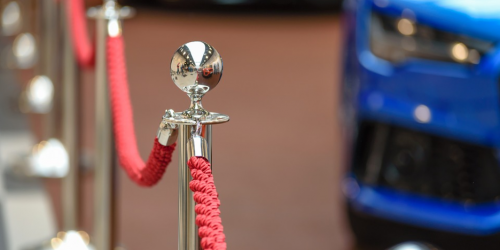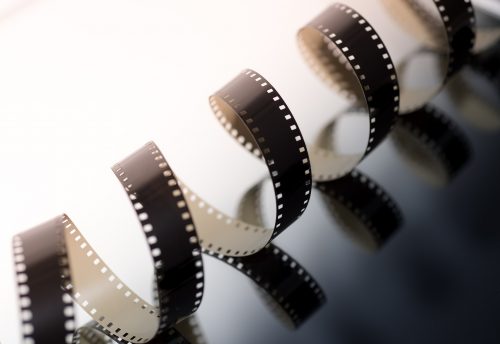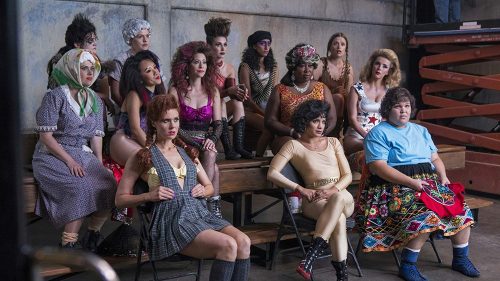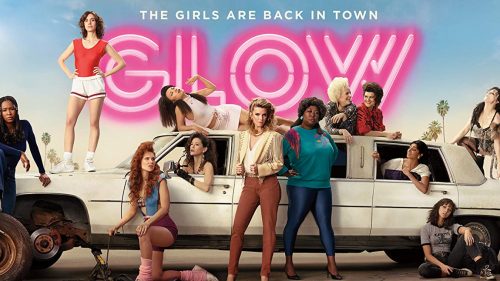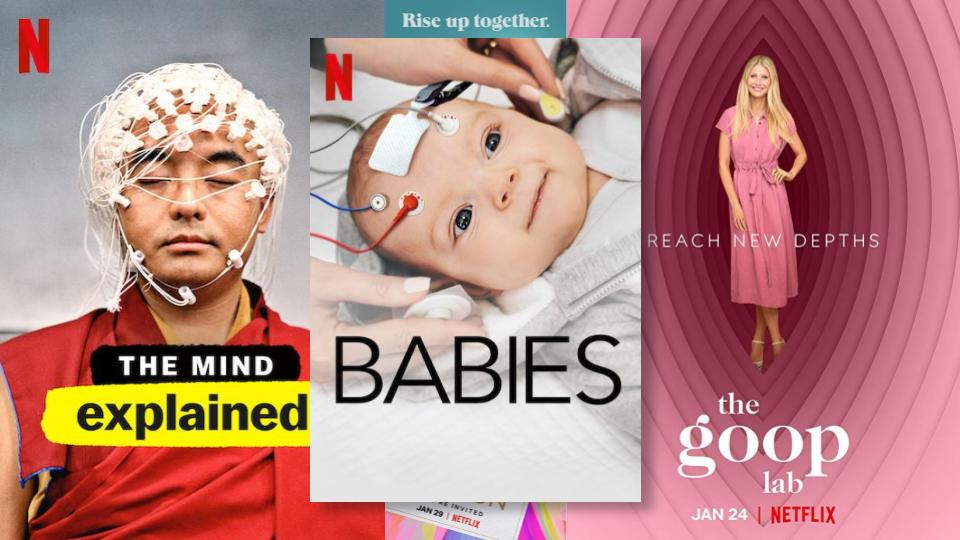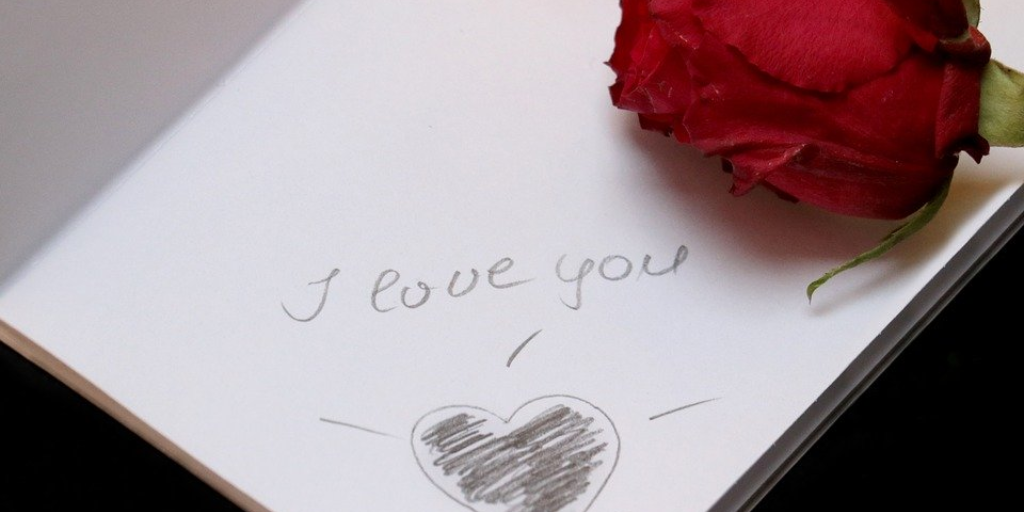When we hit the lowest of the lows, sometimes we just need one moment in time to really turn things around; that one life-changing event that’ll shift the negatives to positives.
Perhaps a kick to the face will do it?
Cobra Kai, the YouTube Red series that follows as a direct sequel to the cult classic The Karate Kid (1984), is a story of redemption. This series flips the narrative of the original and brings the story forward 34 years later, this time from the perspective of the former series’ antagonist, Johnny.
For those who need a quick 80’s movie refresher: Johnny Lawrence was the star pupil of Cobra Kai, a karate dojo that emphasized a policy of “No Mercy” ruthlessness. In the original film, Johnny and his gang would torment the new kid in town, Daniel Larusso, creating a rivalry that found them clashing at a city tournament to settle their differences. After running the gauntlet of Cobra Kai disciples, Daniel delivers the famous crane kick to Johnny’s head, effectively winning the championship and ending the Cobra Kais at the close of the film.
From here is where the story shows us the other side of the tape. Johnny was never the same after that fateful night at the tournament. His adulthood became riddled with strained relationships, alcohol, and bounced checks, while his rival Larusso found success running a local auto shop business in town. For much of the first episode, Johnny is barely making ends meet. So how does he turn things around, you might ask?
What Johnny does is go back to his roots, channeling his Cobra Kai upbringing and ultimately bringing the karate dojo back after he sympathizes with his neighbor Miguel, a high school kid who gets bullied and tormented by his fellow classmates. Now, that might sound like trouble, especially considering the events of the original 1984 movie. But it’s important to look at the situation with perspective.
For Johnny, the Cobra Kai philosophies he initially used were an outlet for him to learn to stand up for himself. As a kid who had his own demons to face at a very young age, a lifestyle of striking first and hard with no mercy helped him become the confident character that appeared in the original films. Of course, if left unchecked, that confidence can come off as arrogance, but it was essential to who Johnny was as a person. Without the Cobra Kais, Johnny lost a bit of his identity.
By no means does Johnny flip his personality in this part of the saga, 34 years later. He doesn’t suddenly wake up as a nice guy by episode 5. He actually remains the same, quite frankly. Clinging on to the nostalgia of his machismo in the 80s, Johnny remains blunt, unapologetic, and quick to speak his mind. (In other words, he’s not very “PC”!)
But with Miguel to guide, along with other students who join the new Cobra Kais, Johnny is able to get in touch with that person he once was. As a sensei, humbled as a man in his 50s, Johnny takes those negative attributes and spins them into positives. His brash attitude, and often crude tutelage surprisingly becomes a channel for new kids to find their own voices and assertiveness. The new karate students need Johnny’s guidance to instill their own inner confidence, while Johnny’s life finds structure and balance as he interacts with kids who were once like him. It’s this striking dynamic that makes the relationship between sensei and student so endearing. They need each other to function positively. And this is where Johnny ultimately finds his redemption as a character.

